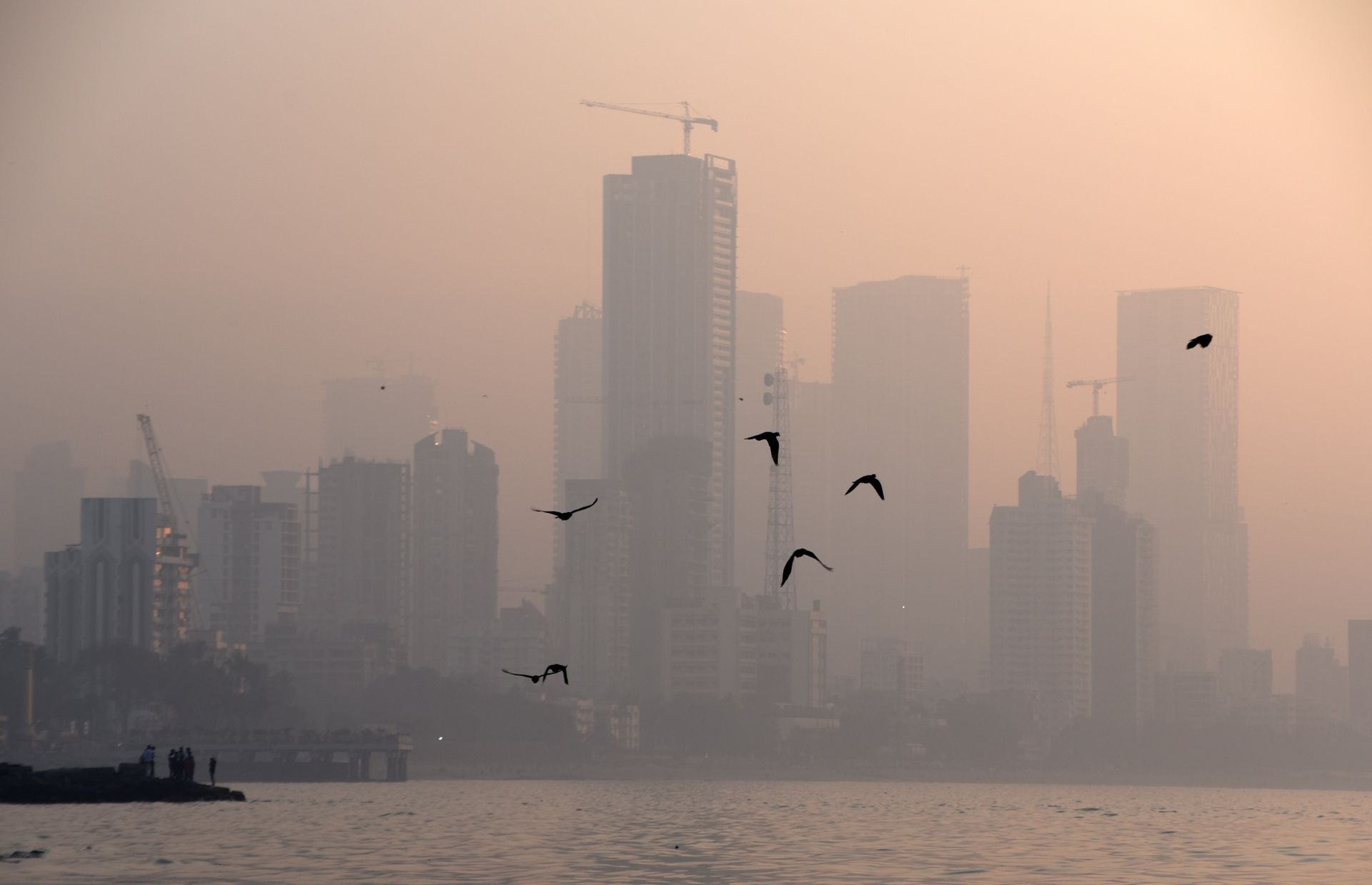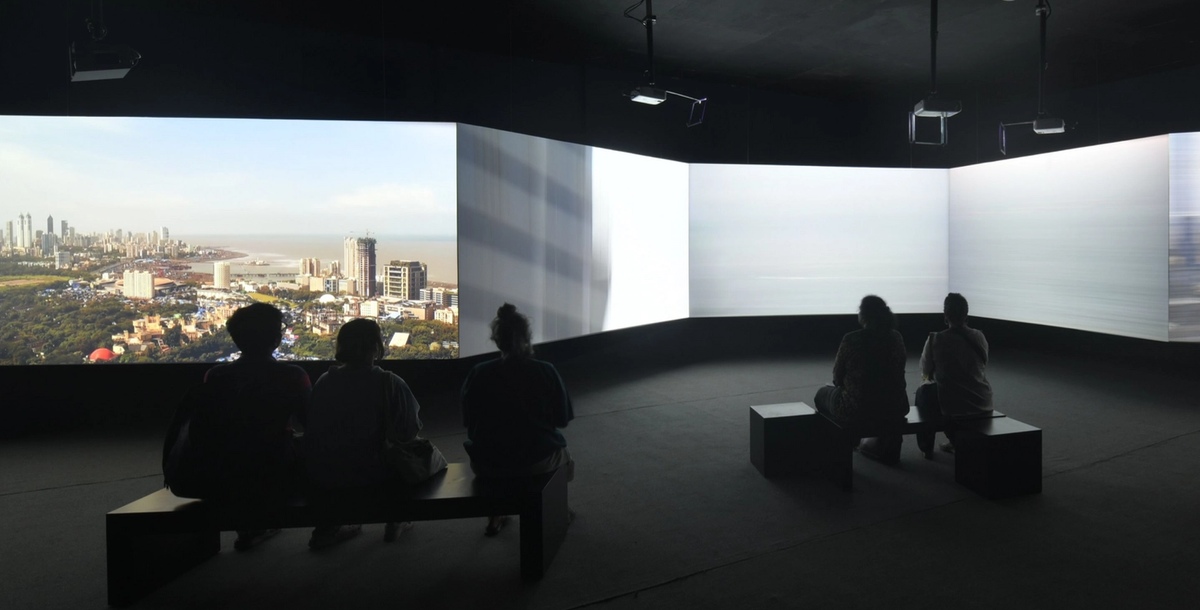“Mumbai is upgrading” read the signboards girding some of the 10,000-or-so active construction sites across India’s financial capital. But as the 12th edition of Mumbai Gallery Weekend (MGW, 11-14 January) looks to prove, the city has already arrived—at least as far as its art market is concerned.
The event’s largest edition to date, with 34 participants, confirms Mumbai’s position as the dominant hub for India’s art trade. Several consecutive years of steady growth have seen most of its major dealers expand their footprints in the city. The recent launches of Mumbai outposts for two of India’s leading galleries—Experimenter from Kolkata and New Delhi’s Nature Morte—further emphasise the necessity of a physical presence in the city.
The past year has brought Mumbai’s art scene two further notable additions: its first art fair, Art Mumbai, whose inaugural edition took place in November, and a shiny new kunsthalle in the form of the Nita Mukesh Ambani Cultural Centre (NMACC), which, although less ambitious than other private Indian institutions, is helping to draw attention through its celebrity-studded openings.
Key players assert that the city's construction projects are benefitting the market. “Real estate is going mad in this city and empty apartments need to be filled,” says Shireen Gandhy, the director of Chemould Prescott Road, the city’s oldest commercial gallery, who is chairing this year's MGW. Tonight, it opens a show of graphic paintings and lightbox sculptures by Anant Joshi.
Even more important to Mumbai's burgeoning art scene, Gandhy says, are the increased professionalisation of and collaboration among the city’s established dealers, who have recently formed the Mumbai Gallery Association—a parent organisation encompassing MGW and the crowd-pleasing Art Night Thursday gallery hops. “Over the past few years we’ve consolidated our position as a serious entity,” Gandhy says. “People will go to Delhi for its historical sites—but less so for its galleries, which are very spread out. Mumbai has much less to offer tourist-wise, but those in the art ecosystem actually come to the city for the commercial galleries, which are more concentrated together.”

Nikhil Chopra's performance Line of Fire kicked off Mumbai Gallery Weekend
Younger galleries are also making their mark this week. XXL, which launched last year and focuses on urban and post-graffiti art, will open its first permanent space today in the gallery hub neighbourhood of Colaba, with a nine-artist group show on typography and script. With works priced between $250 to $10,000, XXL offers more accessible price points than other MGW participants. Still, according to its founder, Joe Cyril, the gallery's clients tend to be the same as those who purchase Modern and “more traditional” contemporary art, suggesting increasing diversification of the city's private collections.
Also making its MGW debut this week is Akara Contemporary, a new venture from the 20th-century art gallery Akara Modern. This week it opens a show of beeswax and resin paintings and intricate pen drawings by Bhagyahsree Suthar. “This city's market is seasoned,” says the gallery’s director, Puneet Shah. “Buyers here don’t have the space they do in other cities—but they do have money. Transactions tend to be more considered and more expensive here than elsewhere. In Mumbai you can't put your regret purchases in a farmhouse.”
Even galleries not yet based in Mumbai are joining the MGW fray. Vidya Heydari, whose eponymous gallery is based in Pune, the second-largest city in Maharashtra state, after Mumbai, hopes to “connect with the city’s vibrant art community”. The gallerist adds that she is exploring the possibility of opening a space in Mumbai. Meanwhile, a show of new films and sculptures by Sudarshan Shetty at the IFBE art space allows the artist’s gallery, Ske, which has locations in New Delhi and Bangalore, to be present in the city at this market moment.
The vibrancy and density of Mumbai’s art audience was apparent last night, when the weekend kicked off with a well-attended performance by Nikhil Chopra at 47-A gallery, in which the artist painted works live with lipstick—a primer for his first solo exhibition in India in five years, now on show at Chatterjee & Lal. Tonight many of the city’s best-known commercial spaces open shows, including Ashwini Bhat at Project 88 and Areez Katki at Tarq.

Construction work is contributing to poor air quality in Mumbai
Image: Flickr
Meanwhile, a handful of non-gallery events will also draw in crowds, including the Mumbai premier of CAMP’s seven-channel video installation Bombay Tilts Down (2022), which debuted at the Kochi Biennale last year. It is now being screened at the Sassoon Docks, a public fish market and former port yard that has in recent years hosted art shows, in collaboration with Experimenter gallery.
Further hurdles
This buzz comes as secondary market sales at Indian auction houses are achieving record figures and global players are taking greater interest in India’s economy, amid a slowdown in China and stagnation in Europe.
Indeed, much of India can felt to be “loading”, with vast infrastructure projects underway across the country. But at what cost? While the rampant construction in Mumbai might be boosting art sales for now, its side effects could eventually hamper them. In recent years, the city’s air quality index ranking has plummeted, in part due to the dust generated by poorly regulated building sites, and which now regularly blankets the city in a white haze. Chronic respiratory diseases are reportedly on the rise in Mumbai; the 2020 State of Global Air report termed air pollution the “biggest health risk in India”.
“This pollution problem is a new reality—it hasn’t hit people yet but it will soon I expect. Visitors to Mumbai will begin turning back,” Gandhy says. “People now think twice before they go to Delhi because of its pollution. I fear that will happen to us soon.”


